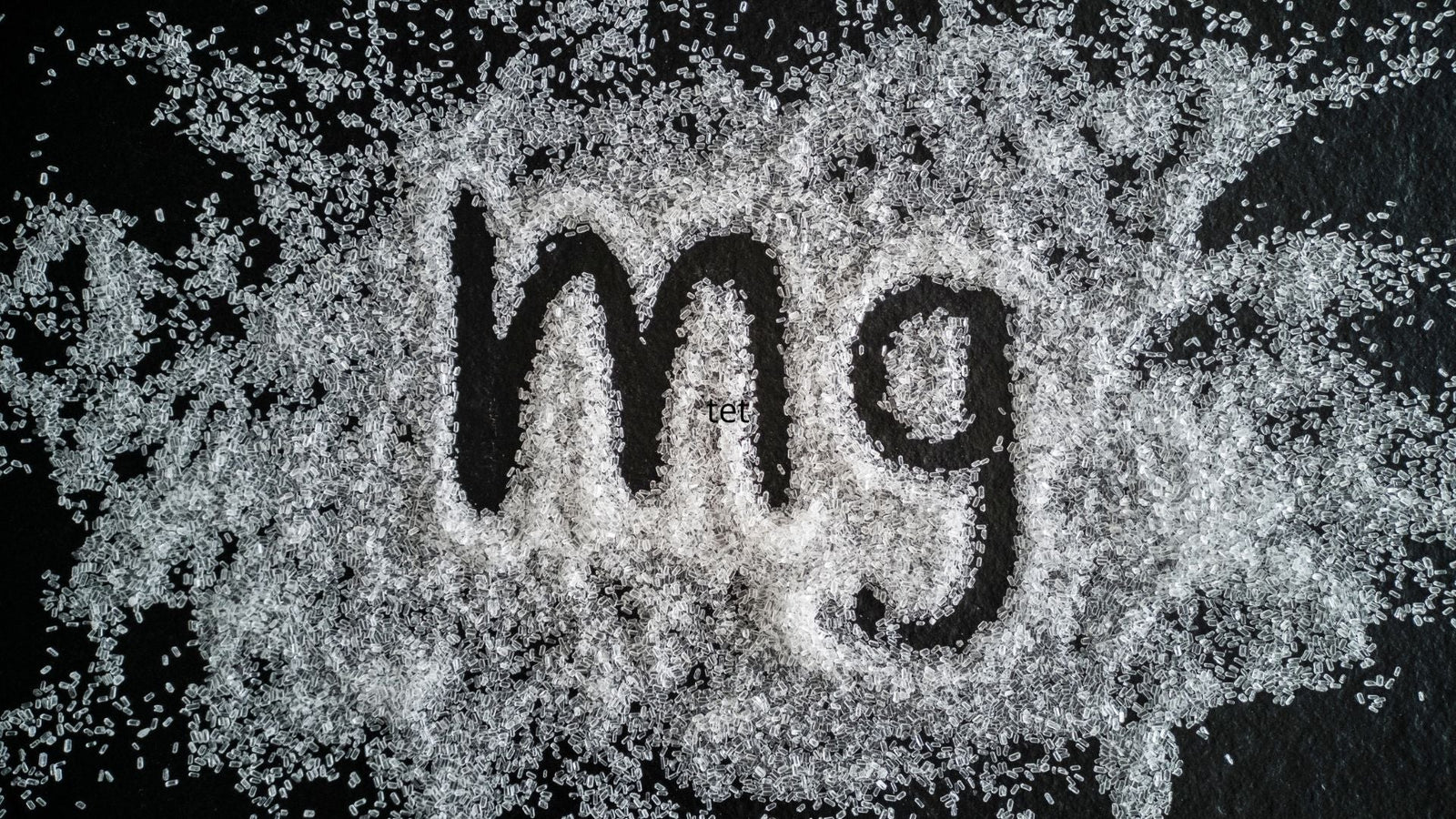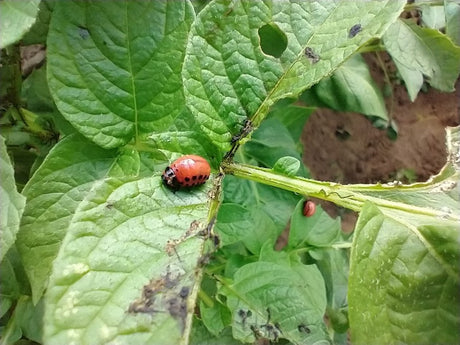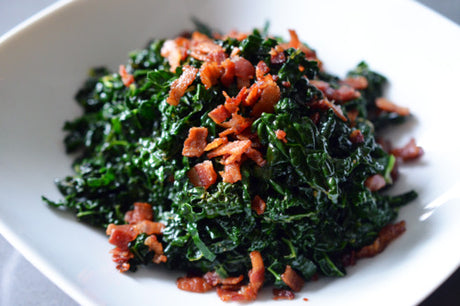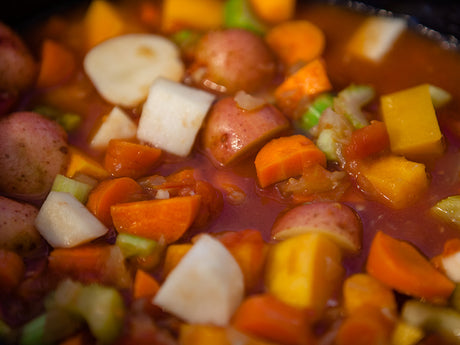Table of Contents:

Ripe, healthy tomatoes thanks to magnesium sulfate . Epsom salt, also known as Epsom salt, is incredibly inexpensive and can be used as a foliar feed or soil supplement. This fertilizer helps your tomatoes, peppers, and bell peppers grow. Moreover, the plants produce significantly more fruit thanks to magnesium sulfate. Epsom salt is not found in sufficient quantities in potting soil for vegetable gardens, your vegetable garden base, and certainly not in your standard seed and cutting soil. Therefore, an article about this extraordinary fertilizer, when and how to apply it.
When and how does Epsom salt, magnesium sulfate or Epsom salt help?
Early in the season, Epsom salt helps your seeds germinate. Root development and cell wall formation also improve thanks to Epsom salts. You'll learn how and when to apply it later. During the season, Epsom salts guarantee photosynthesis, the conversion of sunlight through the plant's leaves into nutrients such as fructose and glucose, or more simply, "sugar." It promotes better plant growth and prevents blossom-end rot. Blossom-end rot is the unpleasant surprise when your tomatoes, peppers, or bell peppers rot at the bottom, ruining months of hope and care. Late in the season, Epsom salts can help your plants produce more and keep their greenery longer. Your pepper plants will keep their glossy leaves much longer.
Epsom salt is dirt cheap and is an organic, biological product
Magnesium sulfate isn't extracted from the sea but is made from dolomite, i.e., stones. These stones are inexpensive and cheap to produce, unlike, for example, sea salt. Magnesium sulfate is a naturally occurring product found in the soil, making it 100% organic.
What does magnesium sulfate or epsom salt consist of?
Epsom salt isn't actually salt, but a natural compound of about 10% magnesium and 13% sulfur, hence magnesium sulfate. The rest is residual and insignificant. You can easily dissolve Epsom salt in water, and plants can absorb it very quickly through their leaves. It is quite aggressive for young plants, so it's best to apply it dissolved in water so it reaches the plants through the roots (more on that later).
Magnesium and sulfur deficiency in your pepper, bell pepper and tomato plants
A magnesium and sulfur deficiency in the soil can spell bad news for your plants. This can lead to twitchy leaves, leaves that turn yellow between the veins and are useless to your plants, and last but not least, you might also experience slow-growing and slow-ripening fruit.

Magnesium sulfate in your sowing and cutting soil
How should you administer Magnesium Sulfate?
Adding magnesium sulfate to your sowing and cutting soil
Add one tablespoon of Epsom salt per 10 liters of seed and cutting mix. As mentioned earlier, Epsom salt stimulates the germination process, root formation, and the development of cell walls.
Epsom salt as foliar nutrition.
Foliar spray during the season (after planting). Spray until the leaves are wet, but don't overdo it. Foliar feeding works faster than feeding at the base of the plant. Dissolve 5 grams of Epsom salts in 1 liter of water and spray your plants weekly. This ratio isn't too intense; it won't cause much harm. If you choose to use Epsom salts as foliar feed only monthly (for example, if you're traveling for a longer period and want to keep things simple for your plant caretakers), double the dose from 5 to 10 grams per liter and spray once a month. Start foliar feeding when you see the first flowers. Also, start with the 5 grams per liter mix, and once your plants develop fruit, you can switch to the 10 grams mix, applying it only once a month. I personally apply foliar feeding at 5 grams per liter every two weeks.

Epsom salt as foliar nutrition
Epsom salt at the foot of the plants
Throughout the season: Sprinkle 1 tablespoon of magnesium sulfate per 30 cm of plant height at the base or stem. For a 60 cm tall tomato plant, you can add two tablespoons. Start by prickling out the plants into potting soil and repeat every six weeks until the end of the harvest.

Magnesium sulfate at the base of the plant
Epsom salt when planting your peppers, bell peppers and tomatoes
Add one to two tablespoons of magnesium sulfate to each planting hole.

Epsom salt in the planting hole. So, now you know what a fertilizer costing less than €2 per kilo can do for your fruit crops. If you found this information helpful and valuable, please share it using the social media buttons on this site. You can also support us by purchasing your vegetable garden supplies in our online store. This way, you make even more information available. Best wishes and enjoy your vegetable garden, Tom












